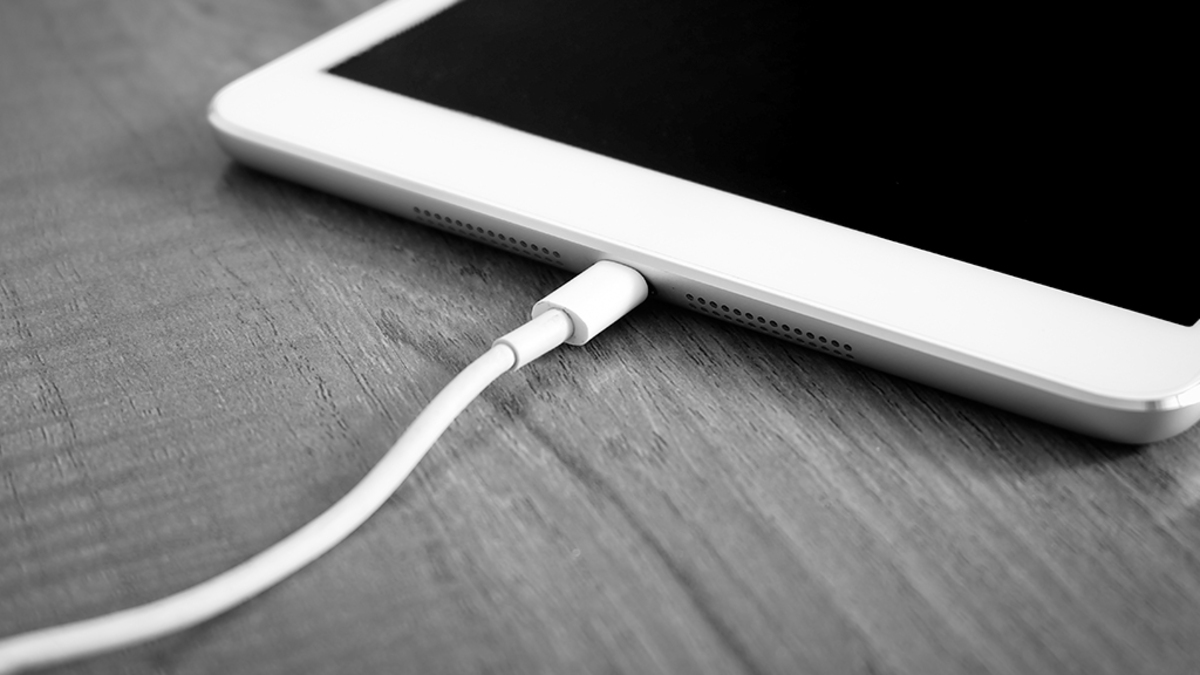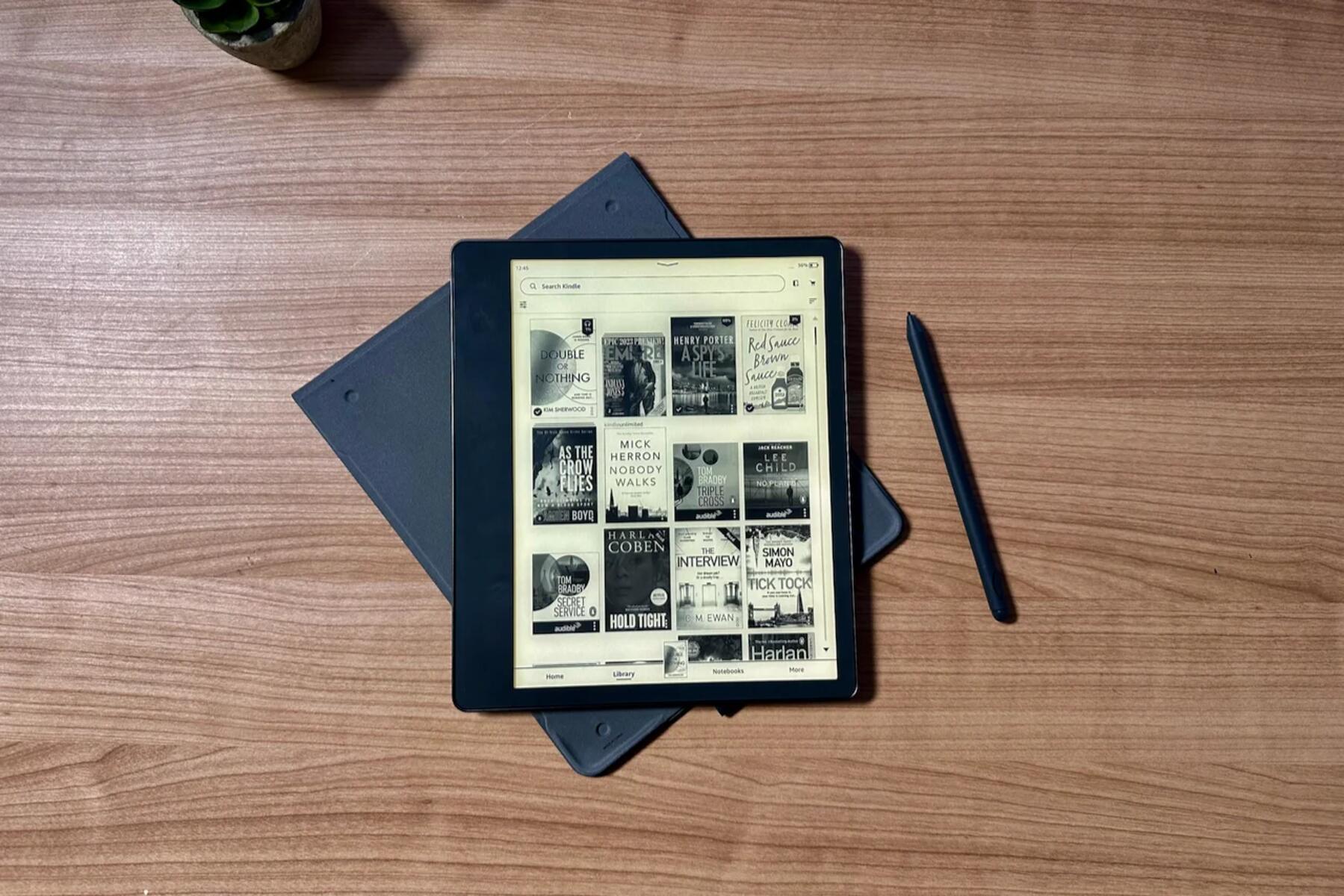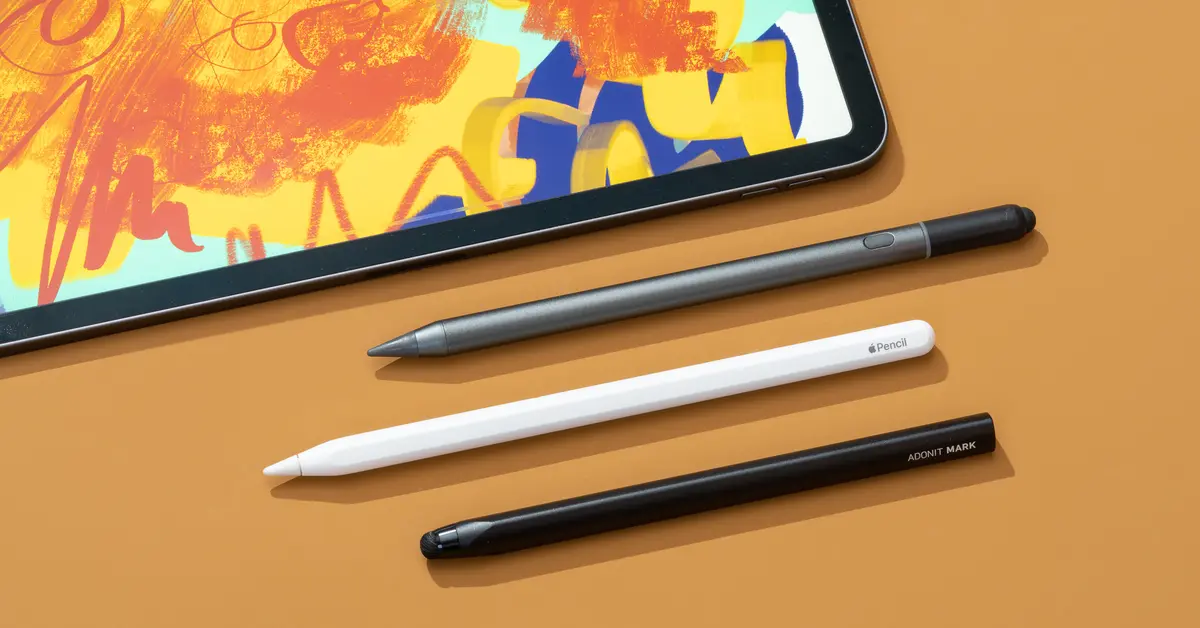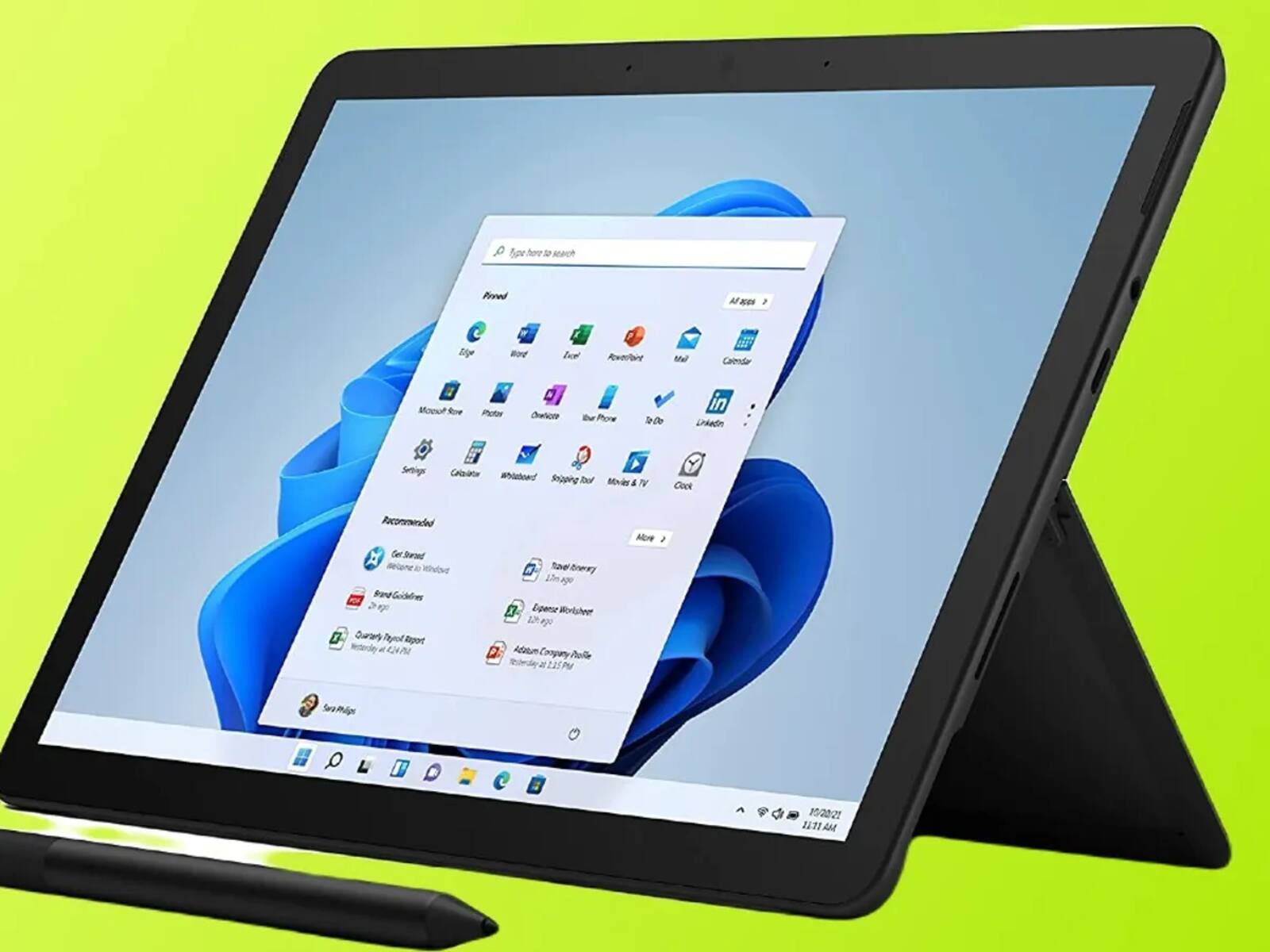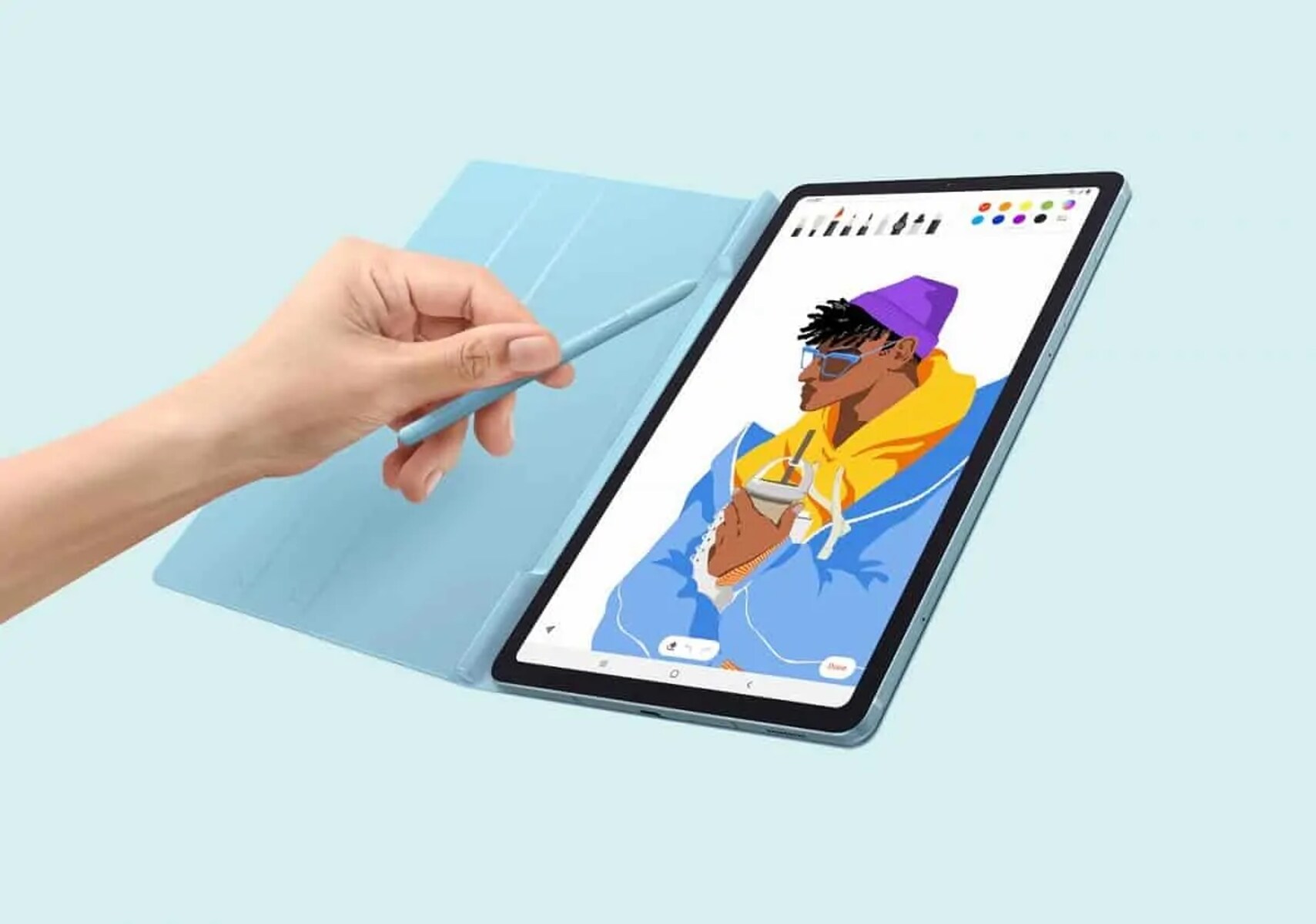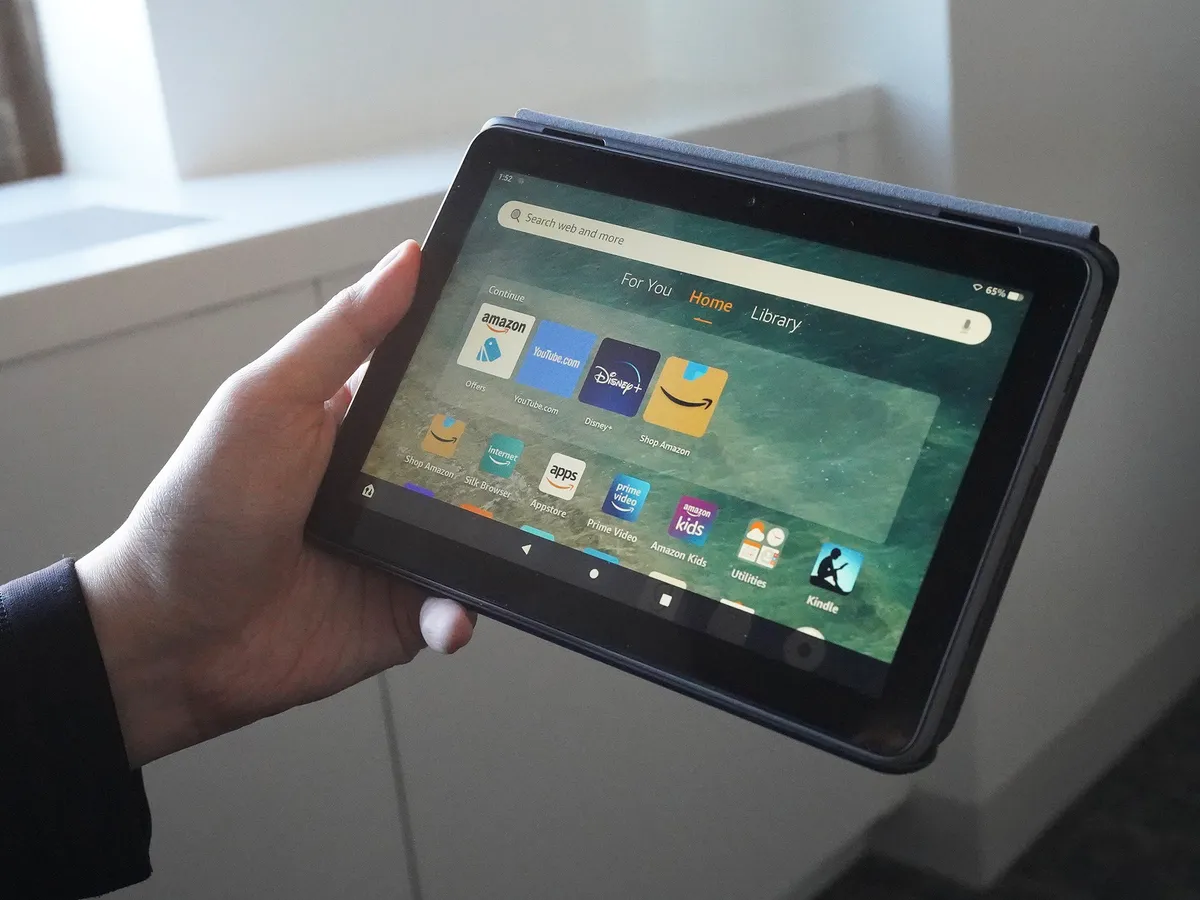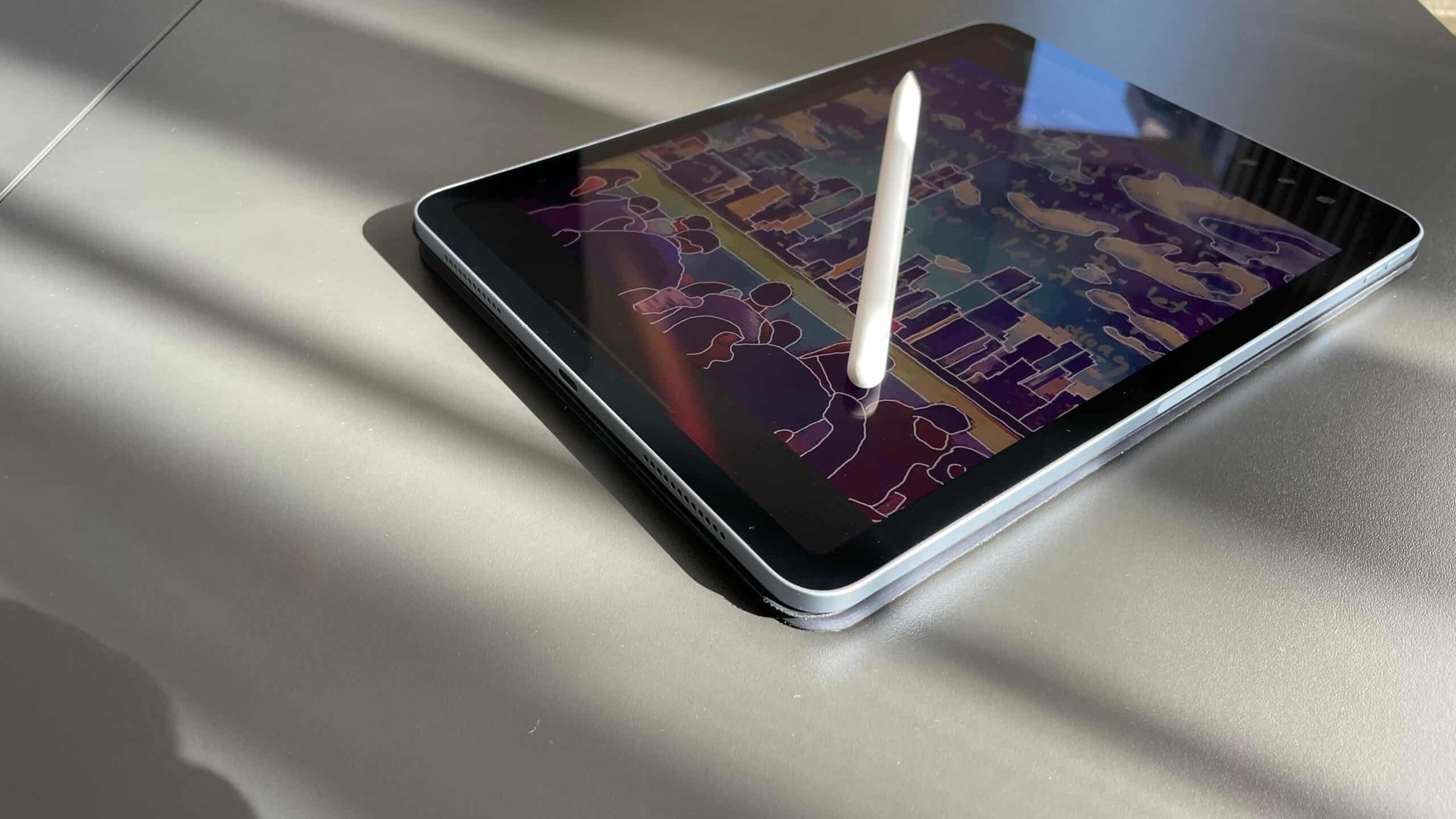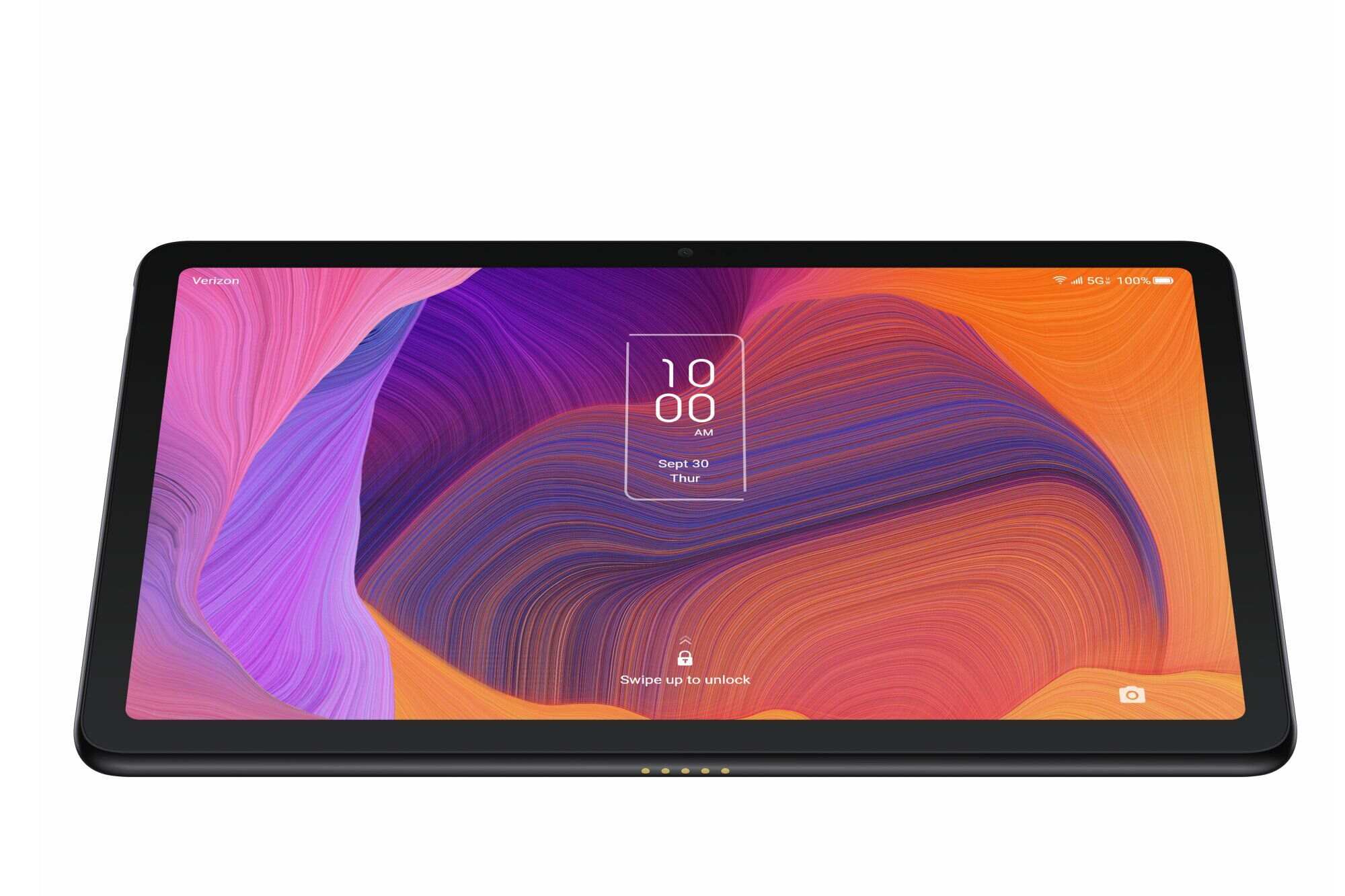Factors that Affect Tablet Charging Time
When it comes to charging your tablet, the time it takes to reach a full battery can vary depending on several factors. Understanding these factors can help you optimize your charging process and ensure your tablet is ready to go when you need it. Below are some of the key factors that affect tablet charging time:
- Charging Cable and Adapter: The type and quality of the charging cable and adapter you use can have a significant impact on charging time. Using a cable and adapter that are designed for your tablet model and provide adequate power can help speed up the charging process.
- Battery Capacity: The capacity of your tablet’s battery plays a crucial role in determining charging time. Tablets with larger battery capacities will generally take longer to charge compared to those with smaller batteries. This is because more energy needs to be transferred to fill the battery to its full capacity.
- Charging Port: The charging port on your tablet can affect how quickly it charges. Many tablets today come with a USB Type-C or Lightning port, which offer faster charging speeds than the older micro-USB ports. If your tablet supports fast charging technology, using a compatible charging port can significantly reduce charging time.
- Power Source: The power source you use to charge your tablet can make a difference in charging time. Charging your tablet directly from a wall outlet will typically provide faster charging speeds compared to using a computer or a USB hub. This is because wall outlets can deliver higher power output, resulting in quicker charging.
- Background Apps and Usage: The way you use your tablet while it’s charging can impact charging time. Running resource-intensive apps, playing games, or streaming content can consume power and slow down the charging process. To speed up charging, try to close unnecessary apps and limit usage while your tablet is connected to the charger.
It’s important to note that the actual charging time will vary depending on the specific tablet model and its individual specifications. However, by considering these factors and taking appropriate charging measures, you can optimize the charging time of your tablet and ensure you have sufficient battery power for your needs.
Types of Tablets and Their Charging Capacities
Tablets come in various models and configurations, each with its own charging capacity. Understanding the different types of tablets and their charging capabilities can help you make informed decisions when it comes to charging your device efficiently. Here are some common types of tablets and their charging capacities:
- iPads: Apple’s iPad lineup is known for its premium performance and long-lasting battery life. The charging capacity of iPads varies depending on the specific model. With their higher battery capacities, iPads generally require more time to charge fully. However, newer iPad models often support fast charging, enabling faster battery replenishment.
- Android Tablets: Android tablets come in various brands and models, each with varying battery capacities and charging speeds. Samsung, Huawei, Lenovo, and Amazon are among the popular brands that offer Android tablets. The charging capacity of these tablets will vary depending on the model and battery technology used.
- Windows Tablets: Windows tablets, such as those from Microsoft’s Surface lineup, offer a hybrid experience with the functionality of a laptop and the convenience of a tablet. Windows tablets have different charging capacities based on their specifications and battery sizes.
- Convertible tablets: Convertible tablets, also known as 2-in-1 laptops, are versatile devices that can transform from a tablet into a laptop by attaching a keyboard. These tablets often have larger batteries due to their dual functionality. As a result, their charging capacities are typically higher than traditional tablets.
- Budget Tablets: Budget tablets, produced by various manufacturers, offer an affordable option for users with basic needs. While their charging capacities may be lower than high-end tablets, they still provide adequate power for everyday tasks and have relatively shorter charging times.
It’s important to consult your tablet’s user manual or specifications to understand its specific charging requirements and capabilities. Some tablets may support faster charging technologies, such as Qualcomm’s Quick Charge or USB Power Delivery, which can significantly reduce charging times when paired with compatible chargers.
Knowing the type of tablet you have and its charging capacity will help you plan your charging sessions and ensure you allocate sufficient time for the battery to reach its full potential, keeping you powered up and ready to go.
Charging Speeds for Different Tablet Brands
When it comes to charging speeds, different tablet brands offer varying capabilities. The charging speed depends on several factors, including the tablet’s battery capacity, the charging technology it supports, and the charger used. Here’s a look at the charging speeds for some popular tablet brands:
- Apple iPads: iPads, known for their premium build quality and performance, offer varying charging speeds depending on the model. Newer iPad models, such as the iPad Pro and iPad Air, support fast charging when paired with compatible USB-C power adapters. With fast charging, iPads can reach up to 50% charge in around 30 minutes.
- Samsung Tablets: Samsung tablets, like the Galaxy Tab S series, also support fast charging. These tablets often come with Adaptive Fast Charging technology, allowing them to charge at a faster rate when connected to a compatible charger. Samsung tablets can reach a significant level of charge in a short period.
- Amazon Fire Tablets: Amazon Fire tablets are budget-friendly devices that offer decent charging speeds. While they may not support the fastest charging technologies, Fire tablets can still charge within a reasonable timeframe, typically taking a couple of hours to reach a full charge.
- Microsoft Surface Tablets: Microsoft Surface tablets come with different models and specifications. The charging speed for Surface tablets varies depending on the model’s battery capacity and the charger used. Surface tablets generally charge at a moderate speed and may take a few hours to fully charge.
- Google Nexus/Pixel Tablets: Google Nexus and Pixel tablets, known for their pure Android experience, offer standard charging speeds. These tablets don’t typically support fast charging technologies but charge steadily. Charging times may vary depending on the specific model and battery capacity.
It’s important to note that the charging speed mentioned here is a generalization and can vary based on several factors. To optimize charging speeds, it is recommended to use the original chargers provided by the manufacturer or third-party chargers that are compatible with the tablet’s charging specifications.
Additionally, keep in mind that fast charging may generate more heat, which can impact battery life in the long run. Therefore, for regular charging sessions, it’s a good practice to use standard charging speeds to maintain the longevity of your tablet’s battery.
Understanding the charging speeds for different tablet brands allows you to plan your charging sessions accordingly and ensure you have a fully charged tablet when you need it most.
Impact of Battery Size on Charging Time
The size of a tablet’s battery has a direct impact on its charging time. The larger the battery capacity, the longer it will take to charge fully. The charging time of a tablet can vary significantly based on the size of its battery. Here’s how battery size affects charging time:
1. Battery Capacity: Battery capacity is measured in milliampere-hours (mAh) and represents the amount of charge the battery can hold. Tablets with larger battery capacities take longer to charge compared to those with smaller capacities. For example, a tablet with a 6,000mAh battery will generally charge faster than a tablet with a 10,000mAh battery.
2. Charging Speed: The charging speed also depends on the power output of the charger. A charger with higher wattage or current output can deliver more power to the tablet, resulting in faster charging. However, it’s important to note that charging at very high speeds may generate more heat and can potentially reduce the overall lifespan of the battery.
3. Charging Technology: Some tablet models support fast charging technologies, such as Qualcomm’s Quick Charge or USB Power Delivery. These technologies allow the tablet to receive higher power input, reducing the overall charging time. Tablets equipped with fast charging capabilities can charge a significant percentage of the battery in a shorter duration.
4. Charging Practices: Charging practices also play a role in the overall charging time. It is generally recommended to charge your tablet using the original charger provided by the manufacturer to ensure optimal charging efficiency. Using a different charger or a lower-power USB port may result in slower charging speeds.
5. Battery Health: The health and condition of the battery also affect charging time. Over time, a battery’s capacity may degrade, resulting in slower charging speeds. Regularly calibrating the battery and avoiding extreme temperatures can help maintain the battery’s health and optimize charging times.
It’s important to note that the actual charging time will vary depending on the specific tablet model, its battery capacity, and other factors. In general, larger battery sizes will require more time to charge fully. To optimize charging time, it’s recommended to use the original charger, charge in a cool environment, and avoid using the tablet while charging.
Understanding the impact of battery size on charging time enables you to plan your charging sessions accordingly and ensure your tablet is ready to use when you need it.
Factors That Can Slow Down Tablet Charging
While you may want to charge your tablet as quickly as possible, several factors can slow down the charging process. Understanding these factors will help you identify potential issues and make adjustments to ensure efficient charging. Here are some common factors that can slow down tablet charging:
- High Processor Usage: If you are using your tablet for resource-intensive tasks while charging, such as playing games or running multiple apps simultaneously, the charging process may slow down. This is because the processor consumes more power, diverting some of the energy away from charging the battery.
- Background Apps and Processes: Background apps and processes, especially those that constantly run and update in the background, can drain the battery during the charging process. These apps consume power, reducing the overall energy available for charging. Closing unnecessary apps and disabling background processes can help speed up the charging time.
- Inadequate Power Source: Using a low-power USB port or a charger that doesn’t deliver sufficient power can slow down the charging speed. The power output of the charger should match the charging requirements of your tablet. Using the original charger designed for your tablet model is recommended to ensure optimal charging speed.
- Heat: Excessive heat can negatively impact the charging process. High temperatures can increase the internal resistance of the battery, leading to slower charging speeds. It is advisable to charge your tablet in a cool environment and avoid exposing it to direct sunlight or heat sources.
- Old or Damaged Chargers and Cables: Over time, chargers and cables can wear out or get damaged, resulting in slower charging speeds. Frayed or loose cables, as well as worn-out chargers, may not deliver optimal power to charge the battery efficiently. It is recommended to periodically inspect and replace chargers and cables if necessary.
It’s important to note that some tablets may have built-in features to regulate charging speed to protect the battery’s health and safety. These features can slow down charging to prevent overheating or overcharging, especially when the battery level is high.
To ensure optimal charging speed, it is recommended to close unnecessary apps, use a high-quality charger and cable, avoid overheating, and maintain the tablet’s software and firmware updates. By considering these factors, you can minimize charging time and keep your tablet ready for use.
Tips to Speed Up Tablet Charging
Waiting for your tablet to charge can be frustrating, especially when you need it urgently. Luckily, there are several tips and tricks you can try to speed up the charging process. Here are some effective ways to accelerate tablet charging:
- Use a High-Power Charger: Using a charger with a higher output power can significantly speed up the charging process. Look for chargers that provide higher wattage or amperage to deliver more power to your tablet. Make sure to use a charger that is compatible with your tablet’s charging requirements.
- Enable Airplane Mode: Activating Airplane Mode on your tablet disables most wireless connections, such as cellular data, Wi-Fi, and Bluetooth. This helps reduce power consumption and allows the tablet to charge faster as less energy is being used for connectivity.
- Close Unnecessary Apps and Processes: Running apps and processes in the background consume power and slow down the charging process. Before you connect your tablet to the charger, close unnecessary apps and clear any running processes to free up resources and optimize charging speed.
- Keep the Tablet in Sleep Mode: Putting your tablet into sleep mode or turning off the screen while it’s charging reduces power consumption. When the tablet is not actively being used, it can dedicate more power to charging the battery, resulting in faster charging times.
- Avoid Extreme Temperatures: Extreme temperatures, both hot and cold, can affect battery performance and slow down charging. Keep your tablet in a cool environment while charging to prevent overheating. Avoid placing it in direct sunlight or near heat sources that can increase its temperature.
- Keep Software Updated: Keeping your tablet’s software and firmware updated can optimize battery performance and charging efficiency. Manufacturers often release updates that include battery optimizations, so it’s important to regularly check for and install the latest updates for your device.
- Invest in Fast Charging Technology: If your tablet supports fast charging technology, consider investing in a compatible charger. Fast chargers can deliver higher power output, enabling faster battery replenishment. However, ensure that the fast charger is certified and approved for use with your tablet.
It’s important to note that while these tips can help speed up tablet charging, they may not drastically reduce charging times for all scenarios. The actual charging time will still depend on factors such as the tablet’s battery capacity, the charger used, and the battery health. Additionally, it is recommended to use the original charger provided by the manufacturer for the best charging performance.
By following these tips, you can optimize the charging speed of your tablet and ensure it’s ready to use when you need it.
How to Know When Your Tablet is Fully Charged
Knowing when your tablet is fully charged is essential to prevent overcharging, prolong battery life, and efficiently use your device. Here are some common indications to help you determine when your tablet has reached a full charge:
- Battery Icon: Most tablets display a battery icon on the screen that indicates the current battery level. When the battery is fully charged, the icon usually shows as completely filled or displays a “100%” indicator. You can check the battery icon periodically while the tablet is connected to the charger to determine when it reaches full capacity.
- Charging LED: Some tablets have an LED indicator that changes color or turns off when the battery is fully charged. Check your tablet’s user manual or specifications to see if it has this feature. If your tablet has a charging LED, it will provide a clear visual cue that the charging process is complete.
- Charging Animation or Sound: Some tablets display a charging animation or play a notification sound when the charging process reaches completion. These visual or auditory cues are designed to alert you that your tablet is fully charged and ready for use.
- Charging Time: While not as precise, monitoring the charging time can give you an estimate of when your tablet will reach full charge. Tablets typically provide an estimated charging time when connected to the charger. If the estimated time has passed, it’s likely that your tablet is fully charged.
- Check Battery Settings: Some tablets also provide detailed battery information in the settings menu. You can check the battery status or percentage in the settings to determine if it has reached 100%. Keep in mind that the exact location of the battery settings may vary depending on the tablet’s operating system.
It’s important to note that overcharging can harm the battery’s health and lifespan. Once your tablet reaches a full charge, it’s recommended to unplug it from the charger to avoid unnecessary stress on the battery. Leaving it connected to the charger for an extended period after reaching 100% can gradually degrade the battery over time.
By being aware of these indications and practicing good charging habits, you can ensure that your tablet is fully charged without risking battery damage. It’s always beneficial to consult your tablet’s user manual or manufacturer’s guidelines for specific information regarding battery charging and indications.
Common Myths about Tablet Charging Time
When it comes to charging tablets, there are several prevalent myths that can lead to misconceptions about the charging process. It’s important to debunk these myths and have a clear understanding of how tablet charging actually works. Here are some common myths about tablet charging time:
- Leaving the Tablet Plugged in Overnight Damages the Battery: This is a common myth that causes concern for many users. Modern tablets, equipped with advanced charging technologies, are designed to prevent overcharging. Once the battery reaches full capacity, the tablet automatically stops drawing current from the charger, protecting the battery from damage. You can safely leave your tablet plugged in overnight without worrying about damaging the battery.
- Using the Tablet While Charging Slows Down Charging Speed: While it’s true that using the tablet while charging consumes some power, it doesn’t significantly slow down the charging speed. Tablet chargers are designed to provide enough power to both charge the battery and support regular usage. However, using resource-intensive apps or processes while charging may lead to a slightly slower charging rate.
- Avoiding Charging until the Battery is Completely Drained: It’s a widely spread myth that you should only charge your tablet when the battery is completely drained. This is no longer necessary with modern lithium-ion batteries. In fact, it’s better to charge your tablet frequently and avoid letting the battery level fall too low. Lithium-ion batteries have a limited number of charge cycles, and shallow discharges are less stressful for the battery, ultimately extending its lifespan.
- Using Third-Party Chargers and Cables Will Damage the Tablet: While it’s true that using poor-quality or non-certified chargers and cables can potentially damage your tablet, not all third-party chargers are problematic. Many reputable third-party chargers and cables are designed and tested to meet safety and compatibility standards. It’s important to choose chargers and cables from trustworthy manufacturers that are certified for use with your specific tablet model.
- Fast Charging Degrades the Battery Faster: Fast charging technologies, when used correctly and with compatible devices, do not necessarily degrade the battery faster. These technologies regulate the charging process to prevent overloading the battery. The heat generated during fast charging is usually managed by the device’s built-in temperature control mechanisms. However, it’s worth noting that consistently charging at extremely high speeds can have a slight impact on long-term battery health.
By dispelling these myths, you can make informed decisions about tablet charging and adopt practices that benefit the battery’s health and longevity. Following the manufacturer’s guidelines and using reliable charging accessories will ensure safe and efficient charging for your tablet.
Conclusion
Optimizing tablet charging time is crucial for ensuring your device is always ready for use. By understanding the factors that affect tablet charging time, such as the charging cable, battery capacity, charging port, power source, and background usage, you can make informed decisions to speed up the charging process.
Different tablet brands offer varying charging capacities and speeds. Apple iPads, Samsung tablets, Amazon Fire tablets, Microsoft Surface tablets, and Google Nexus/Pixel tablets each have their own charging specifications and capabilities.
Battery size plays a significant role in charging time, with larger batteries naturally taking longer to charge fully. Additionally, factors like charging speed, charging technology, and battery health can impact the overall charging efficiency.
Several factors can slow down tablet charging, including high processor usage, background apps and processes, inadequate power sources, heat, and old or damaged chargers and cables. It is important to address these factors and make appropriate adjustments to speed up the charging process.
To speed up tablet charging, you can use a high-power charger, enable airplane mode, close unnecessary apps and processes, keep the tablet in sleep mode, avoid extreme temperatures, and keep the software updated. These practices can significantly reduce charging times and ensure efficient battery replenishment.
Knowing when your tablet is fully charged is crucial to prevent overcharging and prolong battery life. Indicators like the battery icon, charging LED, charging animations or sounds, charging time, and battery settings can help you determine when your tablet reaches full charge.
Finally, it’s important to debunk common myths about tablet charging time. Leaving the tablet plugged in overnight, using the tablet while charging, avoiding charging until the battery is completely drained, using third-party chargers and cables, and fast charging technologies are often misunderstood. By understanding the truth behind these myths, you can make informed decisions about tablet charging.
By implementing these strategies, understanding your tablet’s charging capabilities, and dispelling common misconceptions, you can optimize the charging time of your tablet and ensure you always have a fully charged device to meet your needs.







